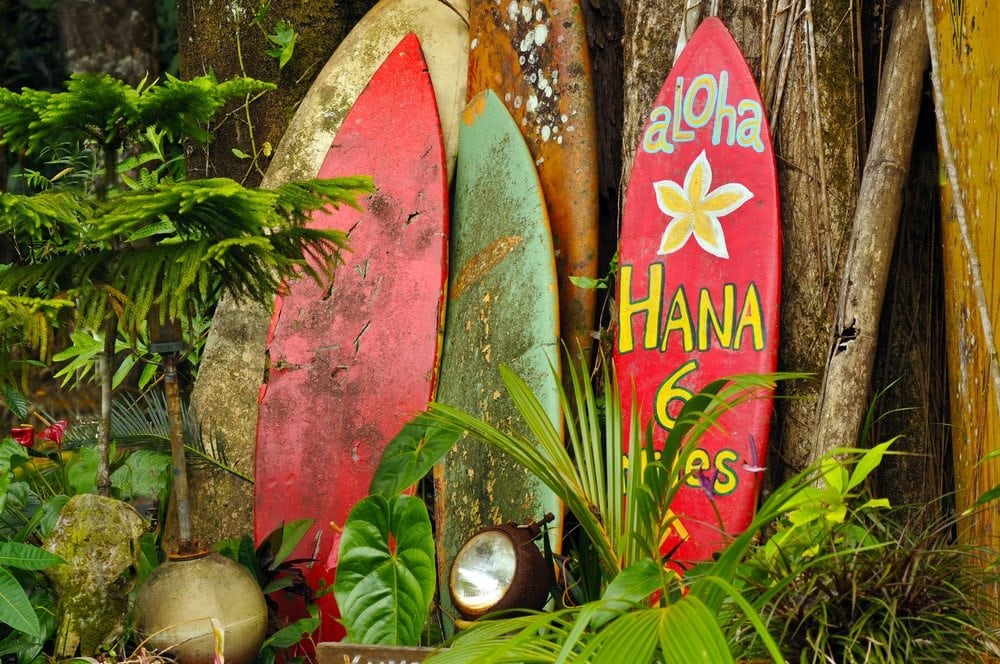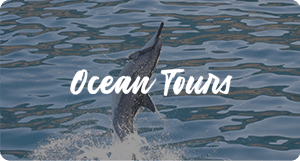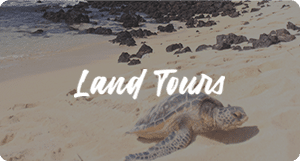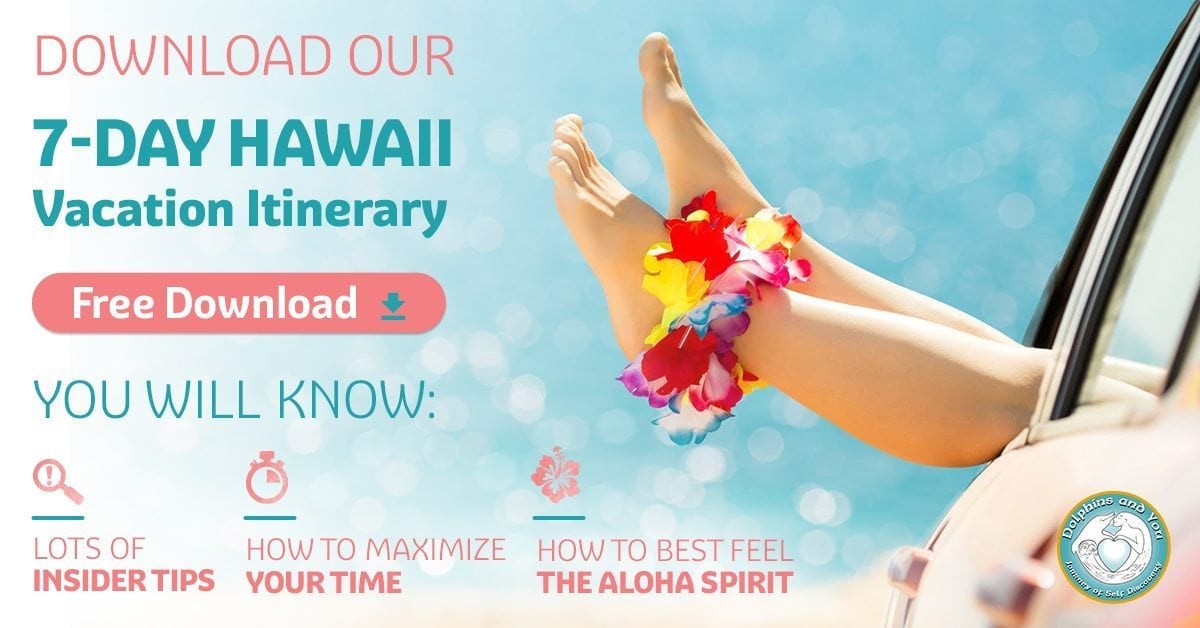While there are accounts of Captain Cook’s “discovery” of surfing on his various expeditions throughout the islands, the history of surf in Hawaii and how it evolved goes way back before this New World chapter. Surfing, now an internationally-recognized sport, does have its roots in Hawaiian history. People from all over the world visit Hawaii each year to watch or participate in surf contests that showcase some of the best athletes from all over the globe. While statistics show that the typical profile of a surfer is a 34 year old male with about 16 years experience, more women and children are joining this fun sport and taking part in this ancient activity that has its roots right here in Hawaii!

Back in the Day
Around the 4th century A.D., the first Polynesians arrived in the Hawaiian Islands during their migration. The Polynesians who made the arduous trek from Tahiti were exceptionally skilled people who brought a deep love and knowledge of the ocean with them. The Polynesians who made it to Hawai’i also brought their customs with them, one of which was playing in the surf on “paipo”, or belly boards. Although Tahitians are said to have occasionally stood on their boards, the art of surfing upright on long boards was certainly perfected if not invented in Hawai’i.
Not Just for Sport
By the time Captain Cook arrived in Hawaii and began documenting the lives of local islanders, surf had taken on a large part of local culture. The surfing activity became much more than exercise as was noted in some anthropological notes; it was a way of life. There are legends of “kahuna” or surfing experts that were known to bestow special chants to christen surf boards, lead rituals to instill courage in young surfers, and mark certain locations as sacred because of surfing incidents that had happened in those spots. In addition to having this almost religious element, Hawaiian surfing activities followed the rules of social class and taboos that were deeply rooted in ancient island culture. The chiefs, or “ali’i”, surfed at different beaches and often used very long boards, sometimes up to 24 feet, whereas the commoners were relegated to other beaches and typically used the belly boards or shorter stand-up boards. One such legend is from our local Waikiki beach, now known as Outside Castles but was called Kalehuaweke by the Hawaiians to commemorate one of these social taboo incidients. It’s said that a commoner dropped into the same wave as a Hawaiian chiefess and to save his own life, he offered her his lehua wreath to reconcile with her.
Surfing Evolves
Unfortunately, with the arrival of settlers and outsiders, much of the Hawaiian traditions and religious aspects that were an integral part of the culture were lost. And surfing definitely felt the impact of the new visitors. The end of these old ways meant the demise of rituals and festivals like the Makahiki festival which was an annual celebration honoring surfing and the god Lono, who ruled over the wind, thunderstorms, and ultimately surfing conditions. It was at this time that surfing lost much of its religious and spiritual aspects and was turned into more of a sport. Surfing continued to die off in Hawaii as settlers took over many of the customs and it wasn’t until the early 1900’s when it had a revival.
Ride That Wave!
Jack London’s stay on Waikiki and subsequent book, “A Royal Sport: Surfing in Waikiki”, brought surfing back to its rightful popularity among local Hawaiians and later Californians when he took his friend from Oahu, George Freeth, for a surfing expedition to southern California. The sport was finally gaining some traction and when London returned to Hawaii he discovered that local citizens had started the “Hui Nalu”, or surf club. This was also the time that a local from Oahu, Duke Paoa Kahanamoku was showing his skills and became an ambassador of surfing to the rest of the world. Duke, a talented surfer and swimmer, competed in the 1920 and 1924 Olympics and is credited with popularizing surfing with athletes and people from every corner of the globe. Since then, there have been many surf legends that have come out of the Hawaiian islands, adding to our state’s culture and history. While you’re here, you’ll have to take a surf lesson and learn this sport in the birthplace of surfing as we know it today!
![]()













